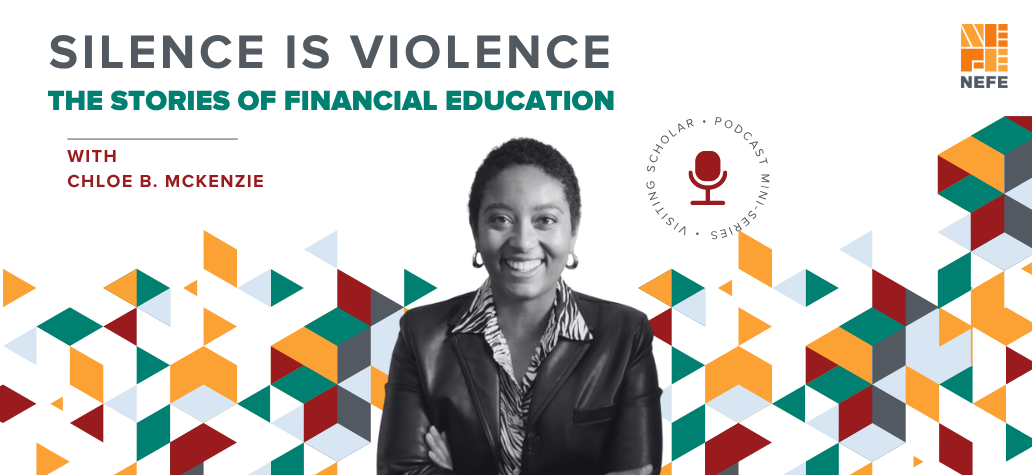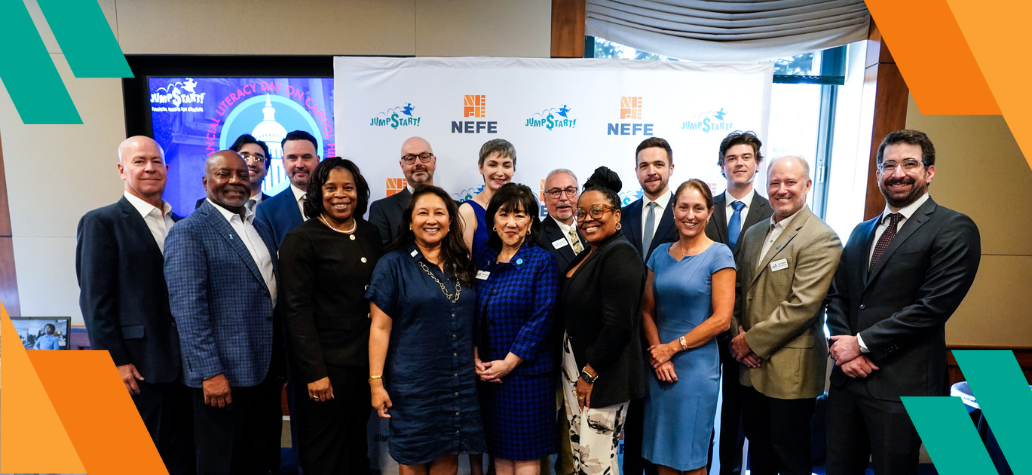Financial education continues to be a hot topic within the 2023 state-level legislative sessions with 27 legislatures and the District of Columbia introducing 71 bills that would create a high school graduation requirement and another 128 bills introduced based around general financial literacy in K-12. Of the 71 bills introduced, six bills were signed into law.
This year, West Virginia HB 3113 , Indiana SB 35, Connecticut SB 1165 , Minnesota HF 2497 , Louisiana HB 103 , and Oregon SB 3 all passed through the legislature and were signed by each state’s Governor. This brings the number of states that now have a financial literacy graduation requirement for all students to 23. This analysis focuses on states that passed legislation this year.
Looking at the recently-passed legislation, each outlined similar important requirement aspects, such as:
- Stand-alone versus integrated
- Implementation process (changes, responsibilities, timing, decisions, etc.)
- Who determines the specifics of the curriculum, and what course(s) does it replace?
- Course length
- Implementation date
- Funding
Similarities in Requirements
Stand-alone or Integrated
All the bills that were passed this year require that financial literacy be a stand-alone course, meaning that the course is only focused on financial literacy. Compared to an integrated course which has one or more topics included in the course (for example, an economics and financial literacy course). The decision to focus on stand-alone courses likely reflects some implementation considerations.
A stand-alone course is more straight forward to add to the course requirements. Integrating the material into an existing course means revising the curriculum of both topics to ensure that they are both adequately taught, which can be more complicated than a one-to-one replacement.
NEFE’s Position: For state Boards of Education (SBOE) and school districts, replacing one course with another can be simpler and does not raise the question of whether the integrated course covers the material enough to count for the requirement. However, there is not enough research to definitively state that a stand-alone course is better than an integrated course, but most states are deciding to go in that direction. Further analysis of stand-alone and integrated courses can be found here.
Implementation Process
All the legislation replaces an existing credit requirement. None of the bills add an additional half-credit or credit to the total number of credits required to graduate. What course is replaced has varied this session and has in previous legislation, but states have generally opted to have the financial education requirement replace an elective credit or a math credit.
- West Virginia, Indiana, and Minnesota legislation left it up to the SBOE.
- Louisiana legislation stated it will replace a math or elective credit.
- Connecticut legislation states it will replace a humanities or elective credit.
- Oregon’s legislation has the requirement replace a math or another course(s), determined by the SBOE.
Each bill outlines similar timing considerations for when students should take the course. Four of the six states let students take the course anytime in high school. West Virginia requires the course to be taken in 11th or 12th grade, and Minnesota requires it to be taken in 10th, 11th, or 12th grade. All states have left decisions on teacher certification requirements, wither to purchase or develop curriculum, and other regulatory issues to their SBOE.
NEFE’s Position: Legislation needs to have clear requirements for what certifications are required for teachers to teach the course. This provides guidance to school districts, ensures a trained teacher is teaching the course, and supplies additional support to teachers.
From a scheduling perspective, giving students the option to take it at any point in high school makes it easier to fit in without sacrificing other courses. From a perspective of effectiveness, research has shown that taking the course near the end of high school when students are thinking about college, may already be working or will be working soon or making other post-high school decisions provides timely and relevant education. Data suggests that students may retain more from the course if they can use it right away.
Course Length
States differed slightly on the length of the course. Four of the states require that it be a half-credit (semester) course: West Virginia, Indiana, Connecticut, and Oregon. The other two states require a one-credit course (year-long).
NEFE’s Position: At least a semester should be required for any graduation requirement to ensure students receive adequate information to make better informed financial decisions. However, more research is needed to determine if a year-long course is significantly more beneficial than a semester-long course.
Timing of Implementation
States are doing a longer rollout of these requirements to ensure they have highly trained teachers and quality curriculum. While all of the legislation state that students can start taking the courses in the 2023-2034 school year, the first class of students required to take the courses are in the graduating classes of 2027 or 2028.
NEFE’s Position: We want as many students as possible to have access to financial education, but we do understand that states need time to ensure teachers are properly trained and quality curriculum is vetted. This rollout gives schools time to ensure they are fully prepared to provide this course to all students.
Funding
None of the bills allocate state funding in support of the requirements.
NEFE’s Position: This is a major concern we see in all the states this year and most of the requirements passed in previous legislative sessions. While some requirements include one-off funding to develop a curriculum, buy a curriculum or create resources, there is no ongoing state funding for school districts to train or redeploy teachers for the course. Ongoing national teacher shortages further complicate staffing needs, and most professional development is outsourced to third-party organizations that can provide it for free or at a low cost. These bills shift the funding burden to local districts, which may or may not have the resources to adequately meet the needs of implementing the requirement. Funding must be a part of the legislation and conversation as more of these requirements are passed
Financial education continues to be a strong bipartisan issue. Regardless of political party, people understand the need for everyone to be able to make informed financial decisions.
Votes on these bills: Yes/No/Other
- House - 42/7/11
- Senate - 24/1/5
- House - 98/0/5
- Senate - 35/2/2
- House - 138/12/1
- Senate - 35/1/0
- House - 94/4/2
- Senate - 33/0/1
- House - 88/1/11
- Senate - 47/2/1
- House - 70/62/0
- Senate - 35/32/0
*HF 2497 was a broader education finance bill with a component of financial education which explains the more partisan vote on the legislation.
In Process States
While the legislature in your state may be finished for the year, many states are still in session or have a two-year session between elections with breaks where legislation can pass in either year. As of the publication of this article, there are 13 states plus the District of Columbia with pending legislation that would create a graduation requirement: AK, CA, DE, HI, IL, MA, ME, MO, NJ, NY, PA, VT, and WI. NEFE is paying close attention to Pennsylvania, Delaware, and Illinois.
Pennsylvania
Pennsylvania introduced SB 647 this session. A similar bill was introduced last session - SB 1243 - which failed at the end of the session. Part of the reason SB 1243 failed was opposition by the Pennsylvania State Education Association (PSEA). Between sessions, the bill sponsor and the PSEA established a compromise giving teachers a guarantee not to lose a planning period, coverage of certification costs, and their collective bargaining agreement power.
This is an example other states can use to find common ground. SB 647 has passed the Senate and is expected to be taken back up in the fall by the House. At present, it would require a stand-alone half-credit course that can be taken at any point in high school. The SBOE would determine teacher certification and which course(s) it can replace. Students can start taking the course in the 2026-2027 school year. SB 647 passed the Senate with a vote of Yes-44, No-5, Other-1.
Delaware
Delaware has introduced HB 203 . This legislation would require a stand-alone half-credit course that can be taken at any point in high school. The SBOE will determine teacher certification requirements and what course(s) it can replace. Students can begin to take the course in the 2025-2026 school year.
An aspect of this legislation not seen in many other bills is an efficacy requirement. Students would be required to take a financial literacy survey before and after the course as an evaluation measure. This efficacy requirement would help ensure that the course is truly benefiting the students. It is not enough to just have students take the course; to be truly impactful the course needs to show students are learning and understanding the concepts so they can apply them in their own lives. HB 203 is pending in the House of Representatives.
Illinois
Illinois has introduced two companion pieces of legislation, HB 1375 and SB 1266. They both would require a half-credit stand-alone course that could be taken in 11th or 12th grade. The SBOE would develop their own or adopt the national standards, determine what course(s) it can replace, determine what credentials would be required for teachers to teach the course, develop or purchase the curriculum, and develop a list of professional development options. It will apply to students entering ninth grade in the 2027-2028 school year. The legislation specifically states that the determination of when the course can be taken is based on research supporting timely and relevant for soon-to-be graduating students. HB 1375 passed the House of Representatives with a vote of Yes-106, No-0, and Other-11. SB 1266 is pending in the Senate. Other-11. SB 1266 is pending in the Senate.
Next Steps
NEFE is excited about the momentum around graduation requirements and the aspects being included in the legislation. Strong aspects of the legislation being passed this session included:
- At least a semester-long course
- Adequate roll-out timeframe
- Clear teacher requirements
- Professional development for teachers
- Legislators using the current research to determine the most effective requirements
- Requirement for tracking efficacy
While there are many strong aspects being widely included in legislation, NEFE would also like to see an additional focus on relevant curriculum, ongoing state funding for school districts to pay and train teachers, adoption of the national standards and of a quality curriculum that is updated regularly, ongoing professional development, and evaluations of the programs.
NEFE will continue to monitor legislation, provide technical support to legislators and advocates, and fund and conduct research that supports quality, effective financial education. We would like to encourage state legislators to use the resources and research available to develop the strongest requirements that will benefit all students.
Emma Donahue is Senior Manager, Policy and Advocacy for the National Endowment for Financial Education (NEFE), a nonprofit foundation that champions effective financial education. NEFE is the independent, centralizing voice providing leadership, research and collaboration to advance financial well-being.


